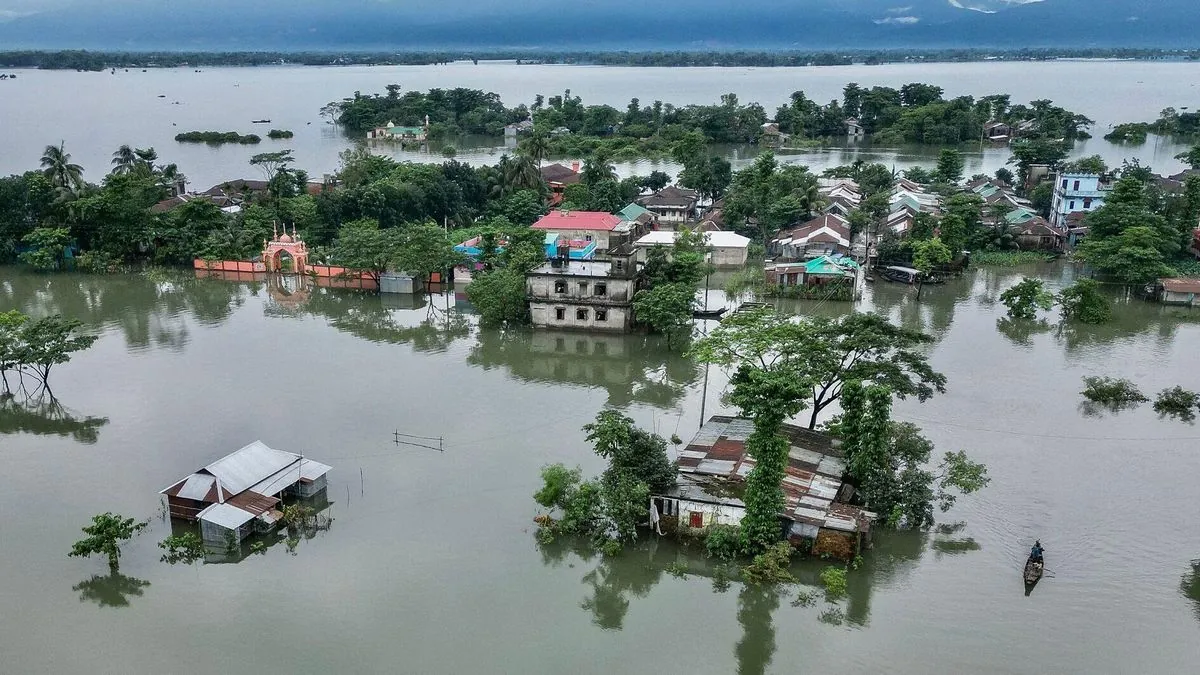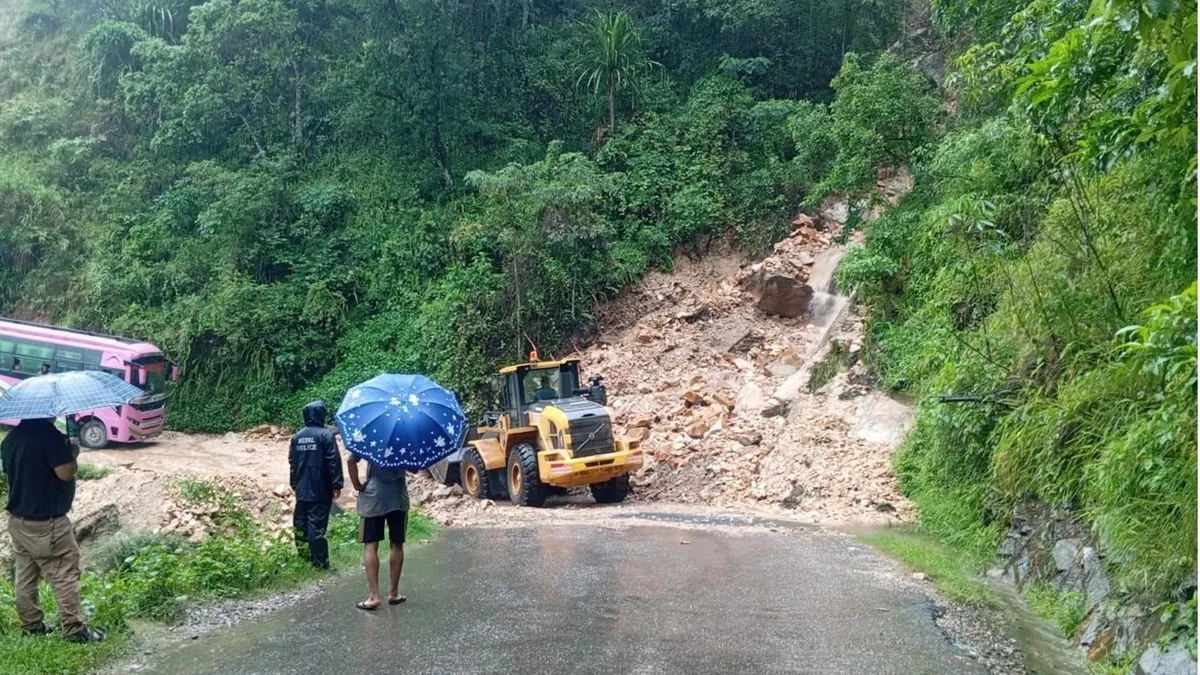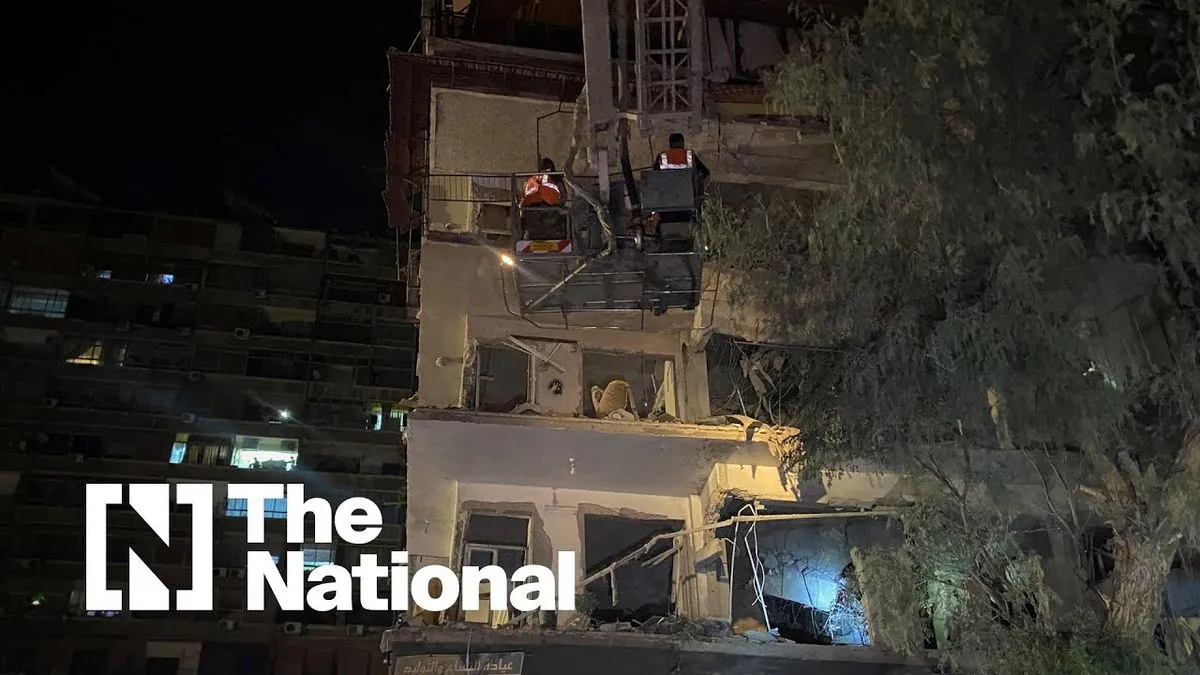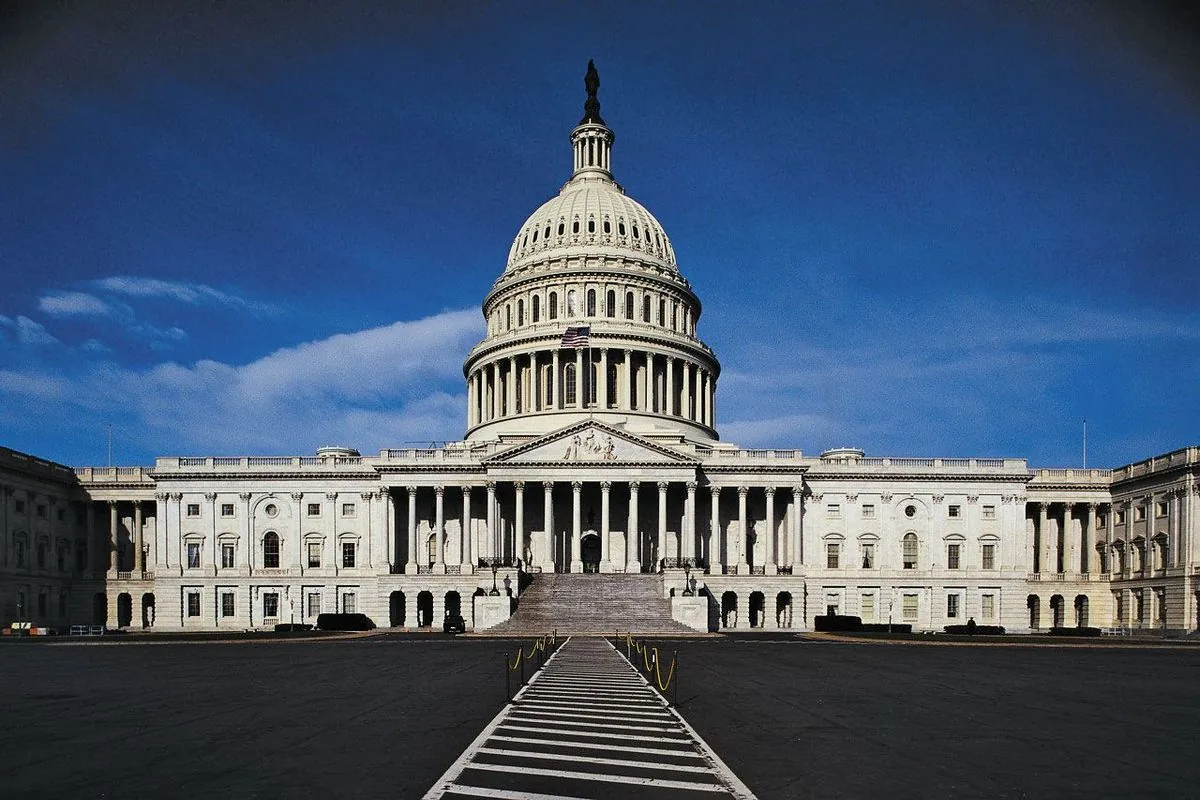Nepal Grapples with Deadly Floods and Landslides as Monsoon Lingers
Intense rains in Nepal trigger floods and landslides, causing fatalities and widespread disruption. Weather officials predict continued downpours, while rivers swell to dangerous levels, threatening neighboring regions.

In a challenging turn of events, Nepal is currently facing severe weather conditions that have resulted in tragic consequences and widespread disruption. The landlocked South Asian nation, known for its breathtaking Himalayan landscapes, is experiencing the harsh realities of an extended monsoon season.
Over the past 24 hours, relentless rains have triggered floods and landslides across the country, claiming at least 10 lives and leaving seven individuals unaccounted for. The situation has escalated to a critical level, with transportation networks severely impacted. Dan Bahadur Karki, a police spokesperson, reported that landslides have obstructed highways at 28 locations, prompting urgent clearance efforts to restore traffic flow.

The weather forecast offers little immediate relief. Binu Maharjan, a meteorologist in Kathmandu, attributes the prolonged rainfall to a low-pressure system over parts of neighboring India. Maharjan predicts that heavy rains are likely to persist until Sunday morning, with a potential clearing of weather conditions thereafter.
"Heavy rains are likely to continue until Sunday morning and weather is likely to clear after that."
The impact of these torrential downpours extends beyond rural areas, affecting Nepal's capital city as well. Kathmandu, nestled in a valley surrounded by the Himalayan mountains, has experienced significant flooding due to overflowing rivers. The city's roads and homes have been inundated, with rainfall exceeding 200 mm (8 inches) in some areas.
The situation has also disrupted air travel. While international flights continue to operate, many domestic flights have been affected, according to Rinji Sherpa, a spokesperson for Kathmandu airport.
Of particular concern is the Koshi River in the southeast, which has swollen to alarming levels. Ram Chandra Tiwari, a top official in the area, reported that the river is flowing at 450,000 cusecs, far exceeding its normal rate of 150,000 cusecs. This surge poses a significant threat to neighboring regions, including the Indian state of Bihar, which often experiences devastating floods due to the Koshi's overflow.
Nepal's geographical features contribute to its vulnerability to such natural disasters. The country is home to eight of the world's ten tallest mountains and boasts over 6,000 rivers and streams. While this terrain creates stunning landscapes, it also makes Nepal prone to flooding and landslides, especially during the monsoon season which typically lasts from June to September.
The current situation underscores the ongoing challenges Nepal faces in managing its water resources and mitigating the impacts of extreme weather events. The country has been working to improve its disaster preparedness and response capabilities, implementing various flood and landslide early warning systems. However, the intensity of monsoon rains, potentially exacerbated by climate change, continues to test these measures.
As Nepal grapples with this latest crisis, the resilience of its people is once again put to the test. The coming days will be crucial as authorities work to manage the immediate impacts and assess the long-term implications of this extended monsoon season.


































